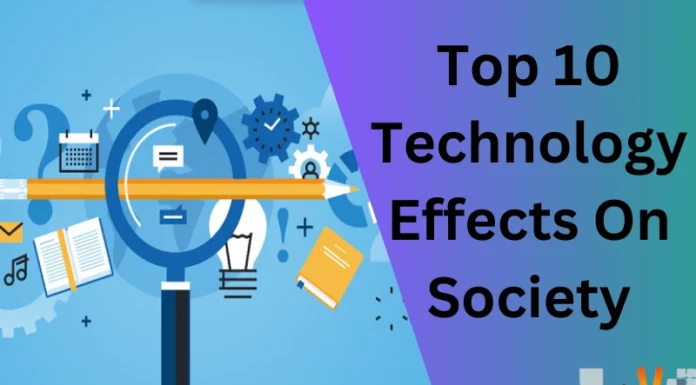In India, 70% of the population depends on agriculture for their livelihood. And this makes it necessary to support and empower the agriculture sector. Technology can do both things. With technology connected to agriculture, the primary sector has gone to an entirely new level. Tech is helping take care of tasks that are repetitive and would take more time if done by humans. Technology saves time, provides better marketing and pricing options, and enables farmers to make better and more informed decisions on their products. All these benefits result in better production and upliftment of the agriculture sector. The top 10 technologies that contributed to this are discussed below.
1. Drones
After the military, the agrarian community is now using drones. Drones are used to collect data from the field so that they can help in controlling crop health, treatment, examination, and irrigation. Monitoring the fields with drones saves time that could be used elsewhere. Drones are also used to spray pesticides on farms saving manual labour.
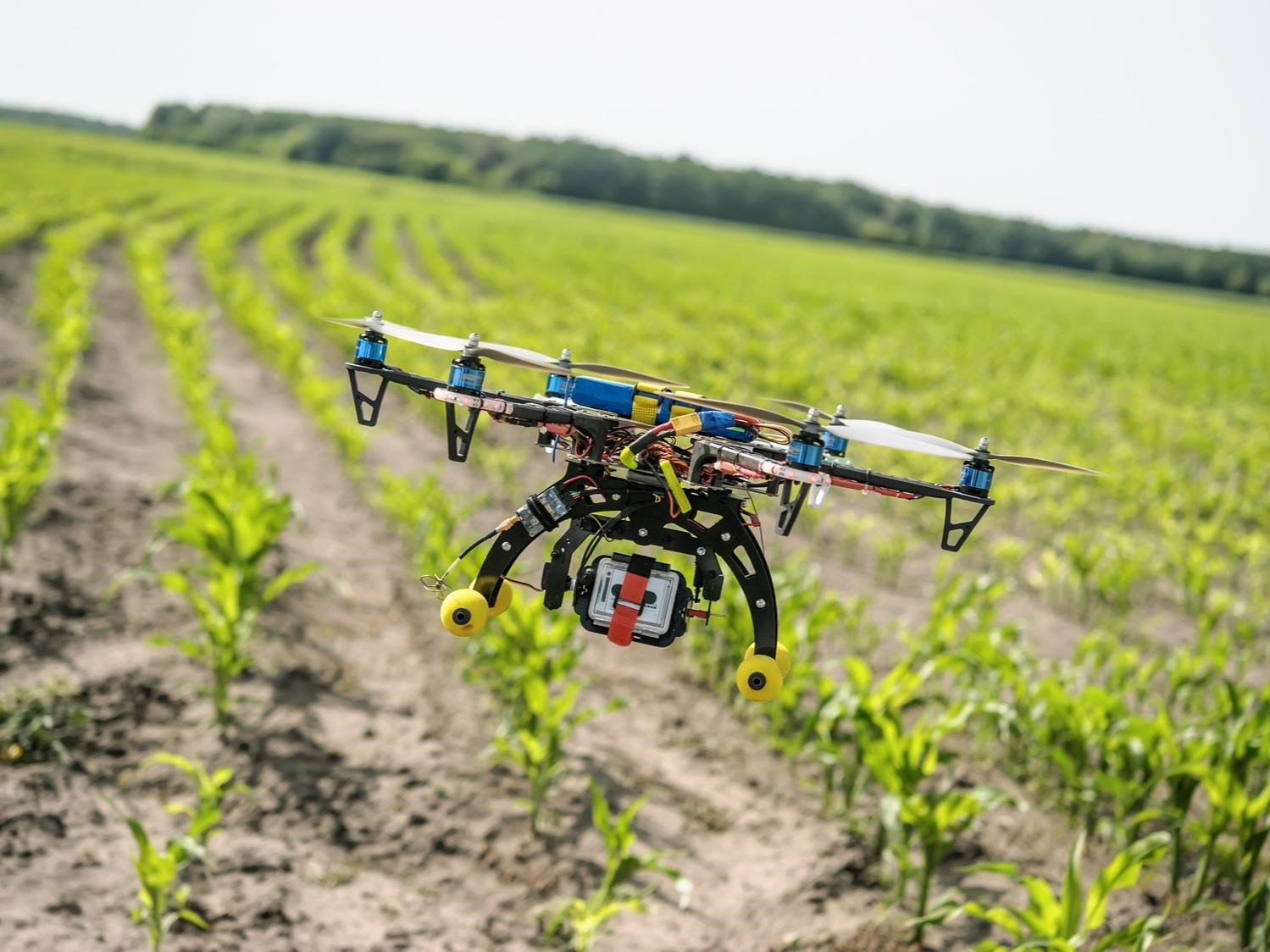
2. Internet of Things (IoT)
The Internet of Things connects the physical world with computer-based systems. With robots, remote sensors, and drones IoT helps to monitor, survey and provide data on crops. With IoT providing real-time data, effective decisions regarding agriculture can be made. The tracking and automation of the fields improve labour productivity and saves resources for irrigation, fertilization etc.
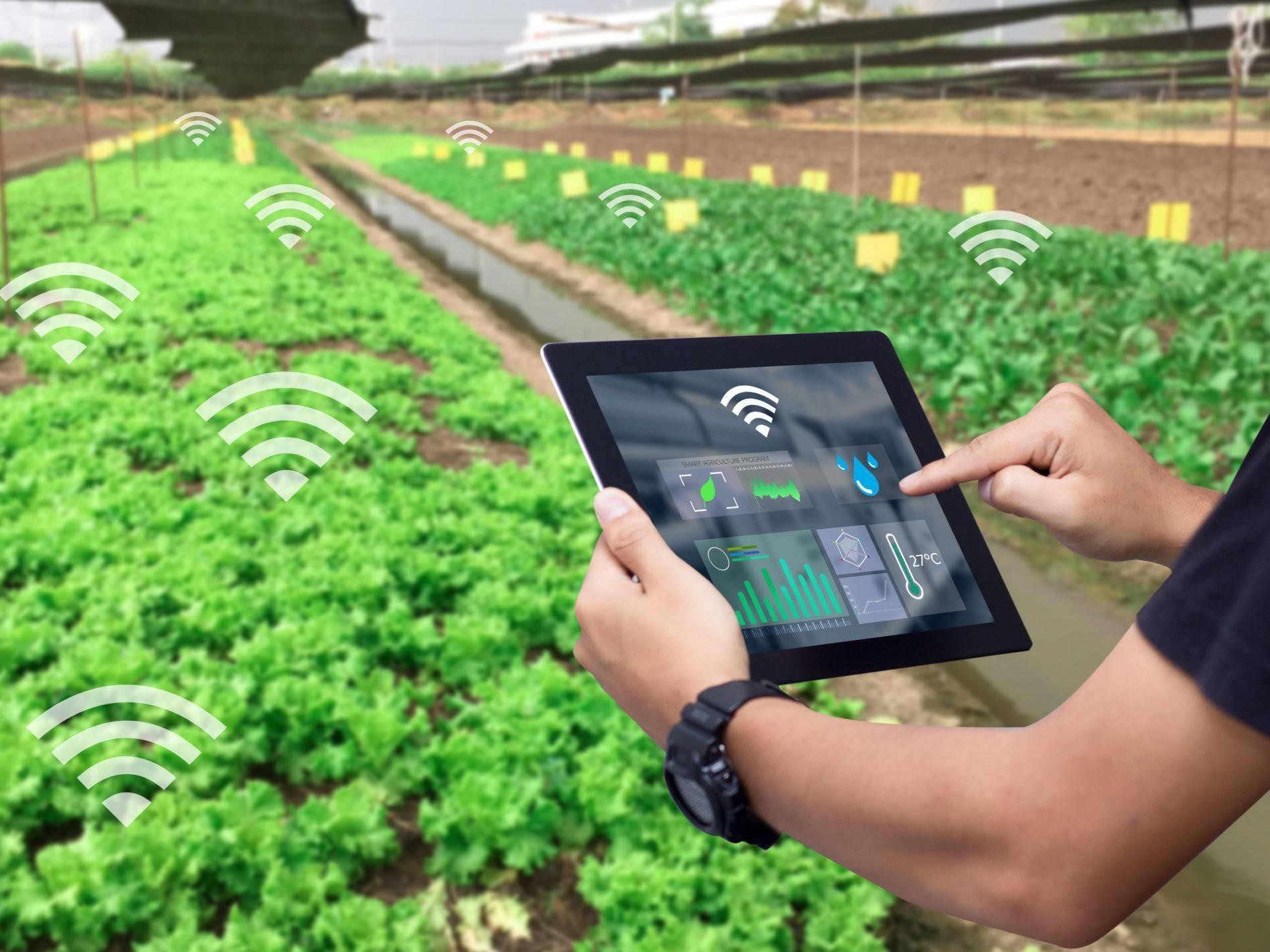
3. Artificial Intelligence
Artificial intelligence in agriculture helps to yield healthier crops, monitor soil, control pests, and organise data for farmers. Combining AI with agriculture can help analyse market demand. It can identify the crops, producing which will be beneficial for the farmer. AI has been accepted wholeheartedly by agriculturalists because it did not remove the human workers but enhanced their processes.

4. Radio Frequency Identification (RFID)
The technology of Radio Frequency Identification uses radio waves to passively identify a tagged item. In the agriculture sector, RFID helps monitor livestock, crops, and the environmental conditions that affect yields. The RFID tags can store data like the date of production, the field it was harvested from, the temperature, weight, moisture level and nutritional information.
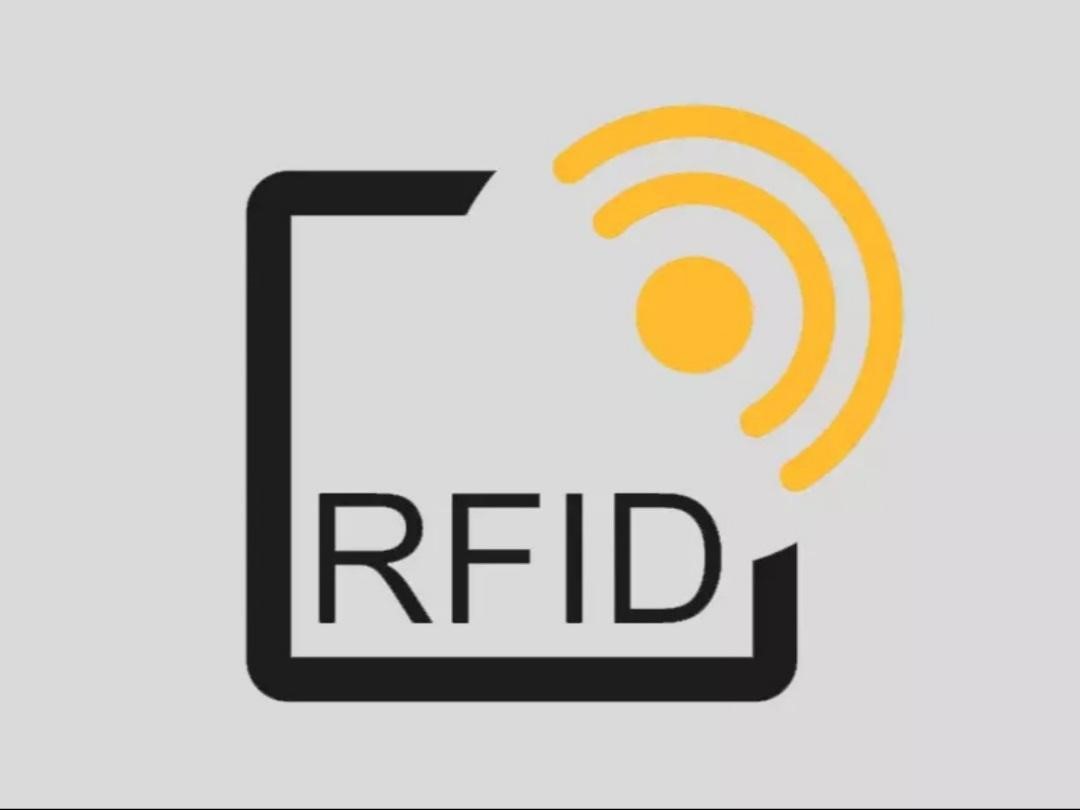
5. Robotics
Robots are primarily used for tasks that are considered repetitive and dull by humans. This includes harvesting, weed control, independent mowing, trimming, seeding, spraying and cutting. Robotics in agriculture helps deal with cases of labour shortages, increased consumer demands, and high production costs. Another important reason why Robotics are in demand in agriculture is their precision.

6. Geographic Information System (GIS)
With Geographic Information System farms can be more successful because a knowledgeable farmer can attain higher crop yields and reduce waste. GIS is used to analyse land, visualise field data on a map and put those data to work. Under soil analysis, it helps to determine the type of soil, what plants to cultivate in it and how to maintain the nutrients present in the soil for the advantage of the plants.
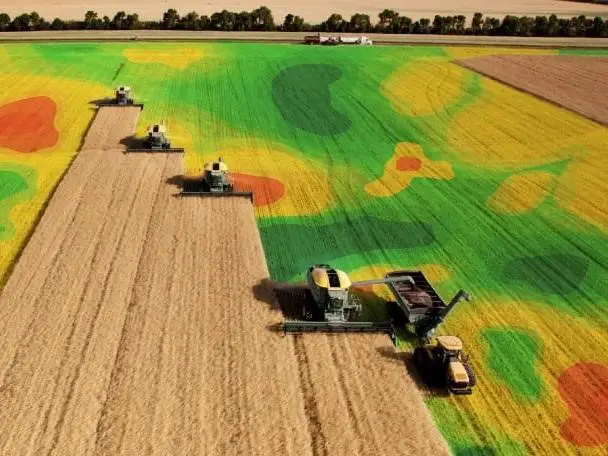
7. Big Data
Big Data gives farmers information on changes in weather, rainfall, soil moisture and other factors that influence crop yield. With all this knowledge, the planters make proper and reliable decisions. As a result of this, farm yields improve which is the ultimate aim of using Big Data. Information on changing weather patterns has reduced crop failures.

8. Digital Mandi
Digital Mandi is an Electronic Trading Platform for Agricultural products. In this mandis agriculture commodities are sold in an auction. Farmers use these markets to sell their products through an agent. This system eases the pressure on farmers but largely increases their productivity. It removes long-drawn travels and auctions, food wastage is remarkably reduced, and this has a favourable impact on pricing which allows greater profits.

9. Controlled Environment Agriculture
Controlled environment agriculture or CEA uses technology to enable farmers to manipulate a crop’s environment to needed conditions. Leafy greens, tomatoes, peppers, strawberries, herbs, and medicinal cannabis are some crops grown using this method. Climate change disrupts traditional agriculture output while the products are in great demand from the consumers. In such cases, CEA plays an important role to maintain a healthy food supply.
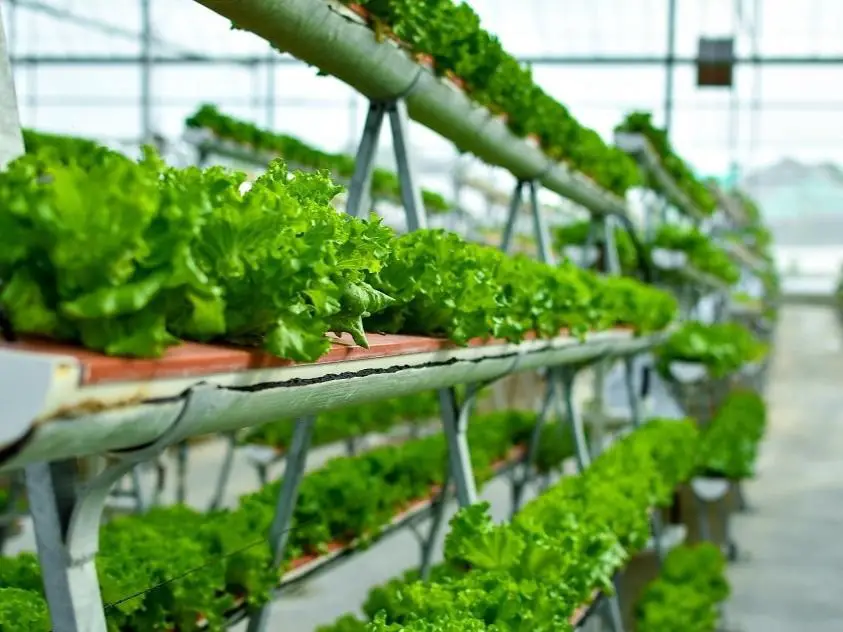
10. Esagu
eSagu was made by the International Institute of Information Technology (IIIT) Hyderabad. It gives personalized solutions to the farmers’ problems and directs them from sowing to harvesting. It is a cost-effective Technology which transmits expert farm knowledge to the farmers. For seeking expert advice on farms, the farmers need to send either photographs or videos of their fields.
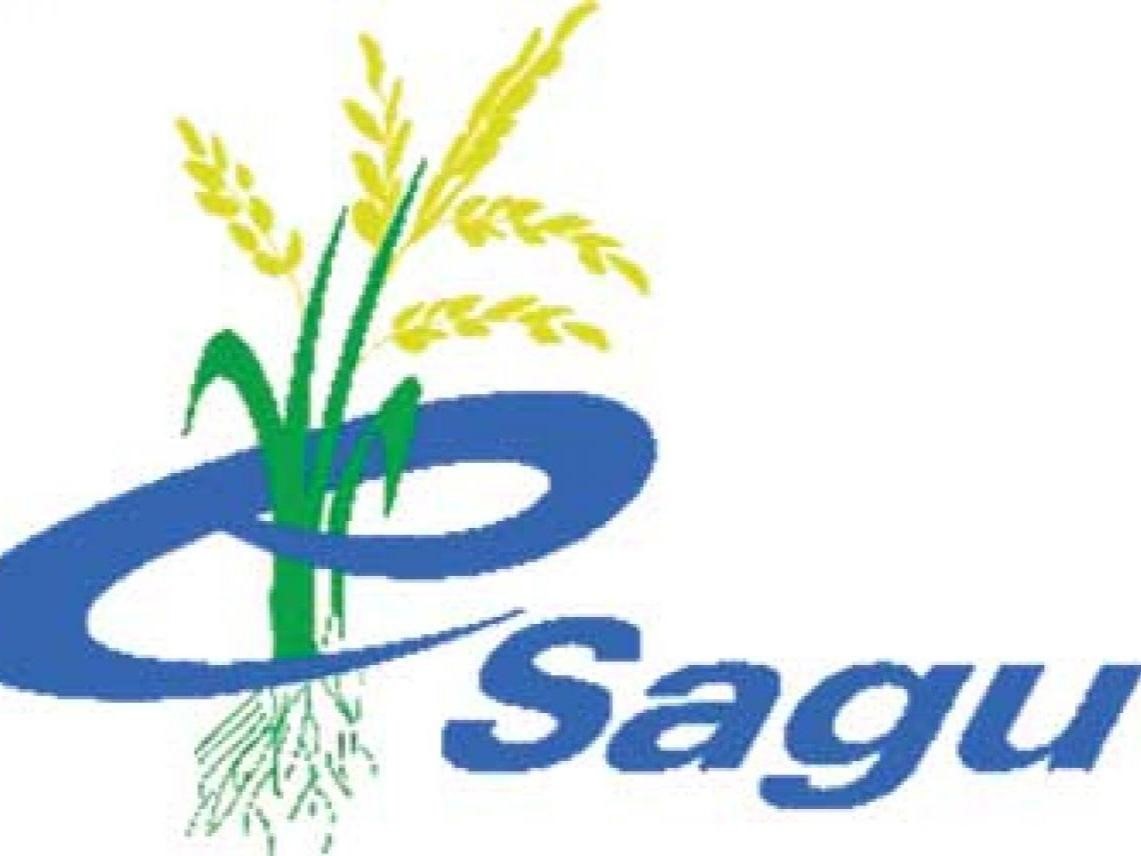
All these technologies can take the agriculture sector to an entirely new level. However, many farmers are not yet aware of these technologies and do not get to benefit from them. What possibly could you suggest to help the farmers become aware of these technologies?





